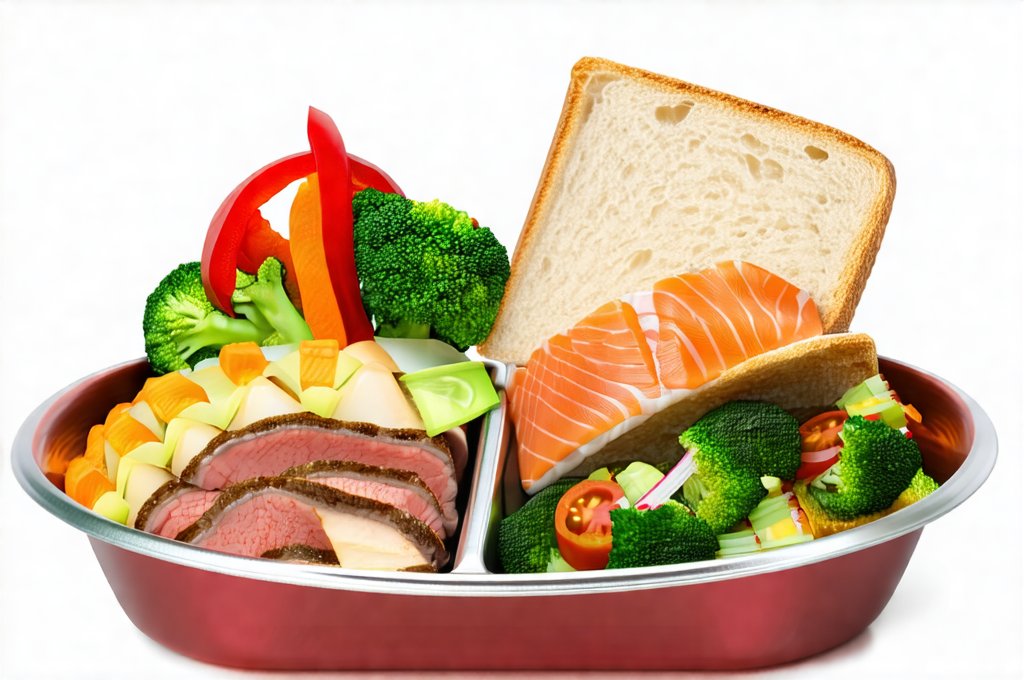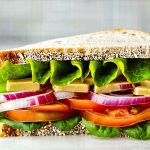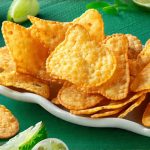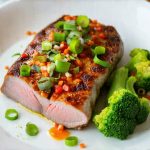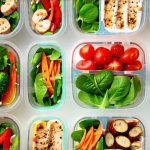Gastroesophageal Reflux Disease (GERD) impacts millions, often disrupting daily life with uncomfortable symptoms like heartburn, acid reflux, and regurgitation. For working professionals, these issues can be particularly challenging, interfering with productivity, concentration, and overall well-being. The demands of a fast-paced work environment frequently lead to irregular eating habits, quick lunches, and reliance on convenience foods – all potential triggers for GERD symptoms. However, managing GERD doesn’t necessitate drastic lifestyle changes or complete dietary restriction; it’s about making informed choices and incorporating strategies that fit into your existing routine.
A cornerstone of GERD management is dietary modification, but this often feels overwhelming when time is limited. Many resources focus on what to avoid – spicy foods, caffeine, alcohol – which can feel restrictive and discouraging. This article aims to shift the perspective, focusing instead on portable meal options specifically designed for working professionals navigating the complexities of GERD. We’ll explore how to build a sustainable approach to eating that minimizes symptoms without sacrificing convenience or enjoyment, allowing you to thrive both professionally and personally. It’s about finding balance and empowering yourself with knowledge to make smart food choices amidst busy schedules. You might also find it helpful to review tips for managing GERD while planning your meals.
Portable Meal Strategies for GERD Management
The key to successful GERD management through diet isn’t just what you eat, but how you approach meal planning and preparation. For working professionals, this often means prioritizing portability and convenience without compromising on healthy, reflux-friendly options. One of the biggest pitfalls is grabbing whatever’s readily available – fast food or vending machine snacks – which are frequently high in fat, acidity, and ingredients known to exacerbate GERD symptoms. Proactive planning is essential. This involves dedicating a small amount of time each week (or even just on Sundays) to prepare components for quick, grab-and-go meals. Think batch cooking grains like quinoa or brown rice, pre-chopping vegetables, or portioning out snacks into individual containers.
Consider investing in reusable food storage containers – glass is ideal as it doesn’t absorb odors or stains – and a quality insulated lunch bag. This simple investment can significantly increase your ability to bring healthy meals with you. Don’t underestimate the power of leftovers! Dinner can often be repurposed for lunch the next day, saving both time and effort. A well-stocked pantry with GERD-friendly staples (oatmeal, whole-grain crackers, bananas) is also invaluable for quick breakfasts or snacks when time is truly limited. Remember that portion control is important too; smaller, more frequent meals are generally better tolerated than large portions. If you’re struggling with nausea alongside GERD, explore anti-nausea diet strategies to find relief.
Finally, hydration plays a crucial role. Carrying a reusable water bottle and sipping on water throughout the day helps dilute stomach acid and can reduce reflux episodes. Avoid sugary drinks and excessive caffeine, which can both worsen symptoms. The goal isn’t deprivation but mindful consumption – choosing foods that nourish your body without triggering discomfort. Strategic preparation is the foundation of portable GERD-friendly eating. You may also want to create a grocery list for easy shopping!
Building Your Reflux-Friendly Portable Meal Kit
A successful “portable meal kit” for a working professional with GERD focuses on easily transportable, pre-portioned meals and snacks built around foods generally considered less irritating to the esophagus. This doesn’t mean bland or boring! There are countless delicious options that fit the bill. Breakfasts can include overnight oats made with almond milk and topped with berries (avoid citrus), whole-wheat toast with avocado, or a small portion of scrambled eggs prepared with minimal oil. Lunches might consist of grilled chicken salad on a bed of spinach (dressing on the side to avoid excessive acidity), quinoa bowls with steamed vegetables and lean protein, or turkey breast wraps in whole-wheat tortillas.
Snacks are equally important for maintaining stable blood sugar levels and preventing hunger pangs that can lead to poor food choices. Good options include bananas, applesauce, plain yogurt, a handful of almonds (in moderation – high fat content), or whole-grain crackers with a small amount of peanut butter. The emphasis should be on lean proteins, complex carbohydrates, and low-fat options. Avoid foods that are known triggers for your individual symptoms; keeping a food diary can help identify these. When packing your meals, consider the temperature – cold items should stay chilled in an insulated bag with ice packs, and warm foods should be kept warm in a thermos if necessary. You might also want to explore dinner options that can double as lunches.
Meal Prep Hacks for Busy Professionals
Time is often the biggest barrier to healthy eating, especially for busy professionals. However, even small changes to meal preparation can make a significant difference.
- Batch Cooking: Dedicate a few hours on your day off to prepare large quantities of staple foods like grains, roasted vegetables, or grilled chicken. This provides building blocks for quick meals throughout the week.
- Pre-Portioning: Divide cooked food into individual containers immediately after cooking. This saves time during busy weekdays and helps with portion control.
- Utilize Grocery Delivery Services: Online grocery shopping and delivery can save valuable time and energy, allowing you to focus on meal planning rather than navigating crowded stores.
Snack Strategies for Sustained Energy
Snacking strategically throughout the day can help prevent extreme hunger and maintain stable blood sugar levels, reducing the likelihood of GERD symptoms. Avoid relying on vending machine snacks or convenience store options, which are often high in fat, acidity, and processed ingredients. Instead, keep a supply of GERD-friendly snacks readily available at your desk or in your bag.
- Keep it Simple: Opt for single-ingredient snacks like bananas, applesauce pouches, or small portions of plain yogurt.
- Combine Protein & Fiber: Pairing protein with fiber can help you feel fuller for longer and prevent cravings. Examples include a handful of almonds with an apple slice or whole-grain crackers with peanut butter.
- Hydrate Regularly: Often, thirst is mistaken for hunger. Drinking water throughout the day can help curb cravings and maintain hydration.
Decoding Food Labels & Identifying Triggers
Becoming adept at reading food labels is crucial for identifying potential GERD triggers and making informed choices. Pay close attention to ingredients lists and nutritional information.
- Fat Content: High-fat foods are known to relax the lower esophageal sphincter, increasing the risk of acid reflux. Look for low-fat or fat-free options whenever possible.
- Acidity: Avoid foods with high acidity, such as citrus fruits, tomatoes, and vinegar-based dressings.
- Spiciness: Spicy foods can irritate the esophagus and trigger heartburn.
- Caffeine & Alcohol: Limit your intake of caffeine and alcohol, as both can worsen GERD symptoms. Individual tolerance varies significantly, so pay attention to how different foods affect you personally and adjust your diet accordingly. Keeping a food diary is an excellent way to track your symptoms and identify specific triggers. Remember that plant-based proteins can be great options too! You might also find it easier to plan with one-pan meals.

